Rice Stem Rot Control – A Guide To Treating Rice Stem Rot Disease
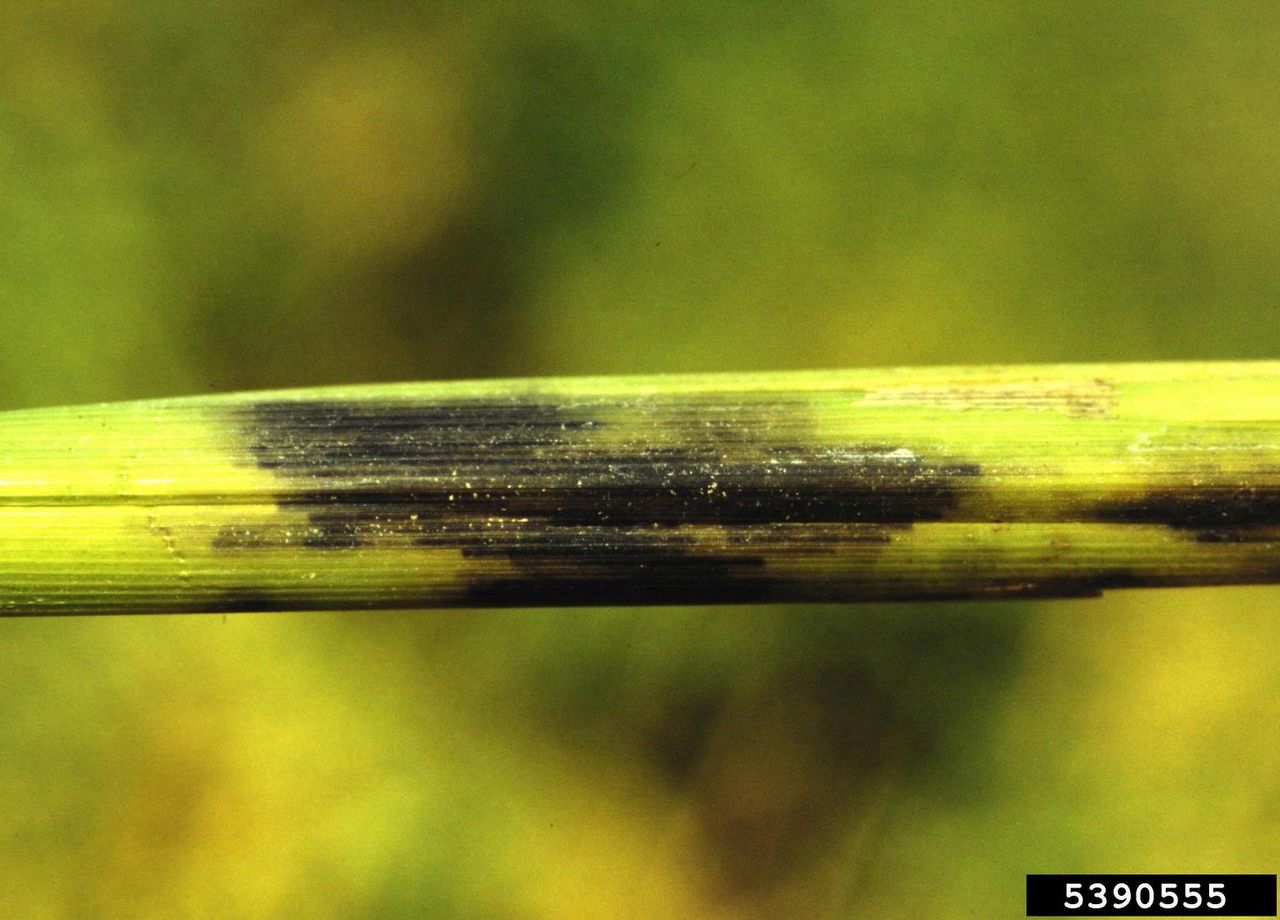

Rice stem rot is an increasingly serious disease affecting rice crops. In recent years, crop losses of up to 25% have been reported in commercial rice fields in California. As yield losses continue to rise from stem rot in rice, new studies are being conducted to find effective methods of rice stem rot control and treatment. Continue reading to learn what causes rice stem rot, as well as suggestions for treating rice stem rot in the garden.
What is Stem Rot in Rice?
Rice stem rot is a fungal disease of rice plants caused by the pathogen Sclerotium oryzae. This disease affects water sown rice plants and usually becomes noticeable in the early tillering stage. Symptoms begin as small, rectangular black lesions on the leaf sheaths at the waterline of flooded rice fields. As the disease progresses, the lesions spread over the leaf shield, eventually causing it to rot and slough off. By this point, the disease has infected the culm and little black sclerotia may be visible.
Though the symptoms of rice with stem rot may seem purely cosmetic, the disease can reduce crop yields, including rice grown in home gardens. Infected plants may produce poorer quality grain and low yields. Infected plants usually produce small, stunted panicles. When a rice plant is infected early in the season, it may not produce panicles or grain at all.
Treating Rice Stem Rot Disease
Rice stem rot fungus overwinters on rice plant debris. In the spring, when rice fields are flooded, the dormant sclerotia float to the surface, where they infect young plant tissues. The most effective rice stem rot control method is the thorough removal of rice plant debris from fields after harvest. It is then recommended that this debris be burned.
Crop rotation can also help control incidents of rice stem rot. There are also some varieties of rice plants that show promising resistance to this disease.
Rice stem rot is also corrected by lowering nitrogen use. The disease is most prevalent in fields with high nitrogen and low potassium. Balancing these nutrient levels can help strengthen rice plants against this disease. There are also some effective preventative fungicides for treating rice stem rot, but they are most effective when used with other control methods.
Gardening tips, videos, info and more delivered right to your inbox!
Sign up for the Gardening Know How newsletter today and receive a free copy of our e-book "How to Grow Delicious Tomatoes".
-
 7 Vegetables To Plant In April: Start Indoors Or Outside For A Bumper Summer Harvest
7 Vegetables To Plant In April: Start Indoors Or Outside For A Bumper Summer HarvestAchieve your growing ambitions with these best vegetables to plant in April – including cold-hardy crops to sow direct and tender varieties to start indoors
By Mary Ellen Ellis
-
 Cut Flower Garden For Beginners: 8 Easy Decorative Floral Plants For Newbies To Grow
Cut Flower Garden For Beginners: 8 Easy Decorative Floral Plants For Newbies To GrowAre you new to growing decorative florals for bouquets and ornamental displays? A cut flower garden for beginners is well within reach if you grow these flower seeds
By Tonya Barnett
-
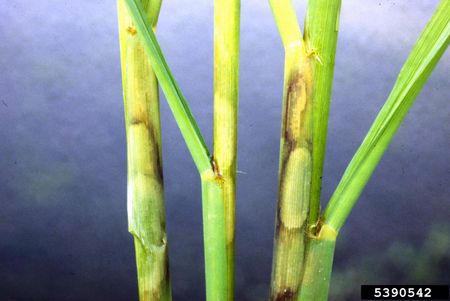 What Is Rice Sheath Blight: Treating Sheath Blight Of Rice
What Is Rice Sheath Blight: Treating Sheath Blight Of RiceAnyone who is growing rice needs to learn the basics about diseases that affect this grain. One particularly destructive disease is called rice sheath blight. What is rice sheath blight? What causes rice sheath blight? Click here to get answers to your questions.
By Teo Spengler
-
What Is Rice Straighthead: Treating Rice With Straighthead Disease
In the United States, straighthead disease of rice has been a significant problem since rice crops were first grown in the early 1900s. It appears that although arsenic is partly to blame, there are other factors as well. Click here for more information.
By Mary H. Dyer
-
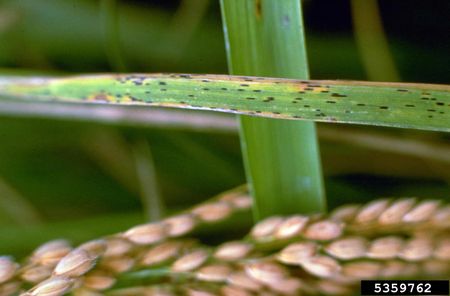 Rice Leaf Smut Info – How To Treat Leaf Smut Of Rice Crops
Rice Leaf Smut Info – How To Treat Leaf Smut Of Rice CropsRice may not be a typical backyard garden plant, but if you live somewhere soggy, it can be a great addition. Diseases can ransack your rice paddy, though, so be aware of signs of infections like leaf smut of rice and what to do to manage or treat it. Learn more here.
By Mary Ellen Ellis
-
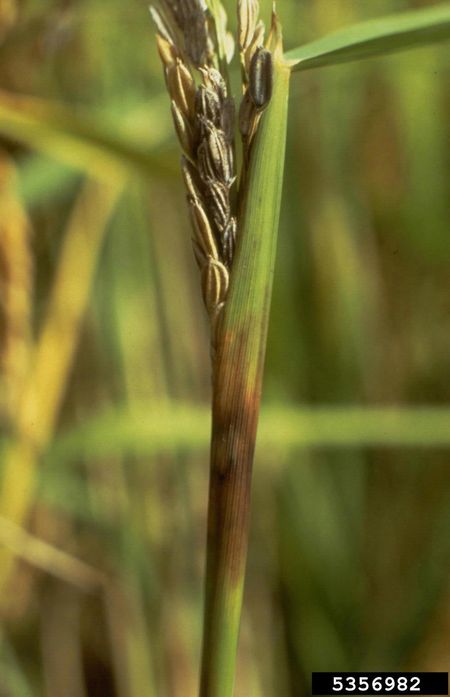 What Is Rice Sheath Rot: How To Recognize Rice Black Sheath Rot Symptoms
What Is Rice Sheath Rot: How To Recognize Rice Black Sheath Rot SymptomsRice is one of the most important crops in the world. So when rice has a disease, it is serious business. Such is the problem with sheath rot of rice. What is rice sheath rot? Click here for diagnostic information and advice on treating rice sheath rot in the garden.
By Bonnie L. Grant
-
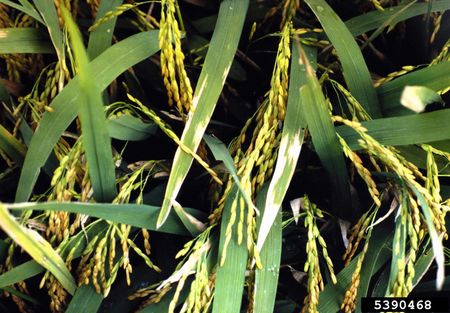 Rice Bacterial Leaf Blight Control: Treating Rice With Bacterial Leaf Blight Disease
Rice Bacterial Leaf Blight Control: Treating Rice With Bacterial Leaf Blight DiseaseBacterial leaf blight in rice is a serious disease that, at its peak, can cause losses of up to 75%. In order to effectively control rice with bacterial leaf blight, it is important to understand what it is, its symptoms, and the conditions that foster the disease. This article will help.
By Amy Grant
-
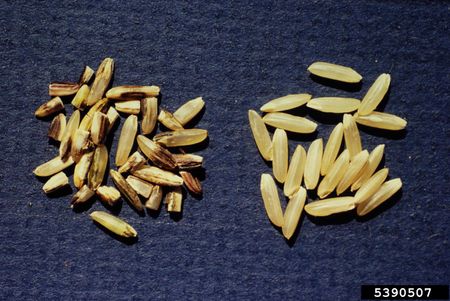 Kernel Smut Of Rice Crops: How To Treat Rice Kernel Smut
Kernel Smut Of Rice Crops: How To Treat Rice Kernel SmutWhether growing a field of rice crops or just a few rice plants in the garden, you may at some point come across some kernel smut of rice. What is this and how can you alleviate the problem? Click the following article to learn more.
By Becca Badgett
-
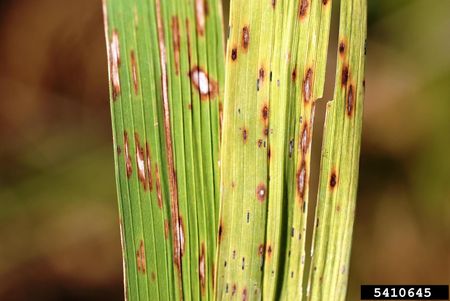 Rice Cercospora Disease – Treating Narrow Brown Leaf Spot Of Rice
Rice Cercospora Disease – Treating Narrow Brown Leaf Spot Of RiceRice can be grown successfully with careful planning and knowledge. However, many issues plague rice plants, leading to reduced yields, and even crop loss. One such disease, narrow brown leaf spot, remains troublesome for many growers. Click here to learn more.
By Tonya Barnett
-
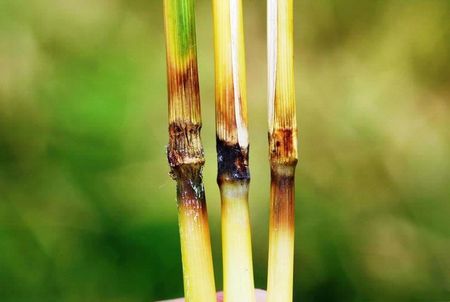 Signs Of Rice Blast Disease: Learn About Rice Blast Treatment
Signs Of Rice Blast Disease: Learn About Rice Blast TreatmentWho doesn’t like rice? It's easy and quick to prepare, it's delicious and nutritious, and it's inexpensive. However, a serious disease known as rice blast has caused devastating crop losses throughout North America and other rice-producing countries. Learn more here.
By Darcy Larum
